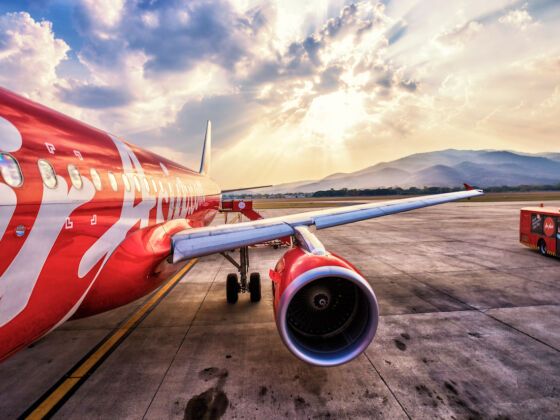BANGKOK, Thailand — The motto for AirAsia, the carrier that recently lost a plane full of passengers off the coast of Indonesia, is “Now Everyone Can Fly.”
That slogan might help explain why Indonesian flights have been so prone to both small mishaps and outright disasters in the past decade.
Not everyone can fly in Indonesia, where roughly half of the 250 million people gets by on less than $2 per day. But the island nation — along with the rest of Southeast Asia — does have a booming middle class that can finally afford to fly instead of taking a creaky bus.
